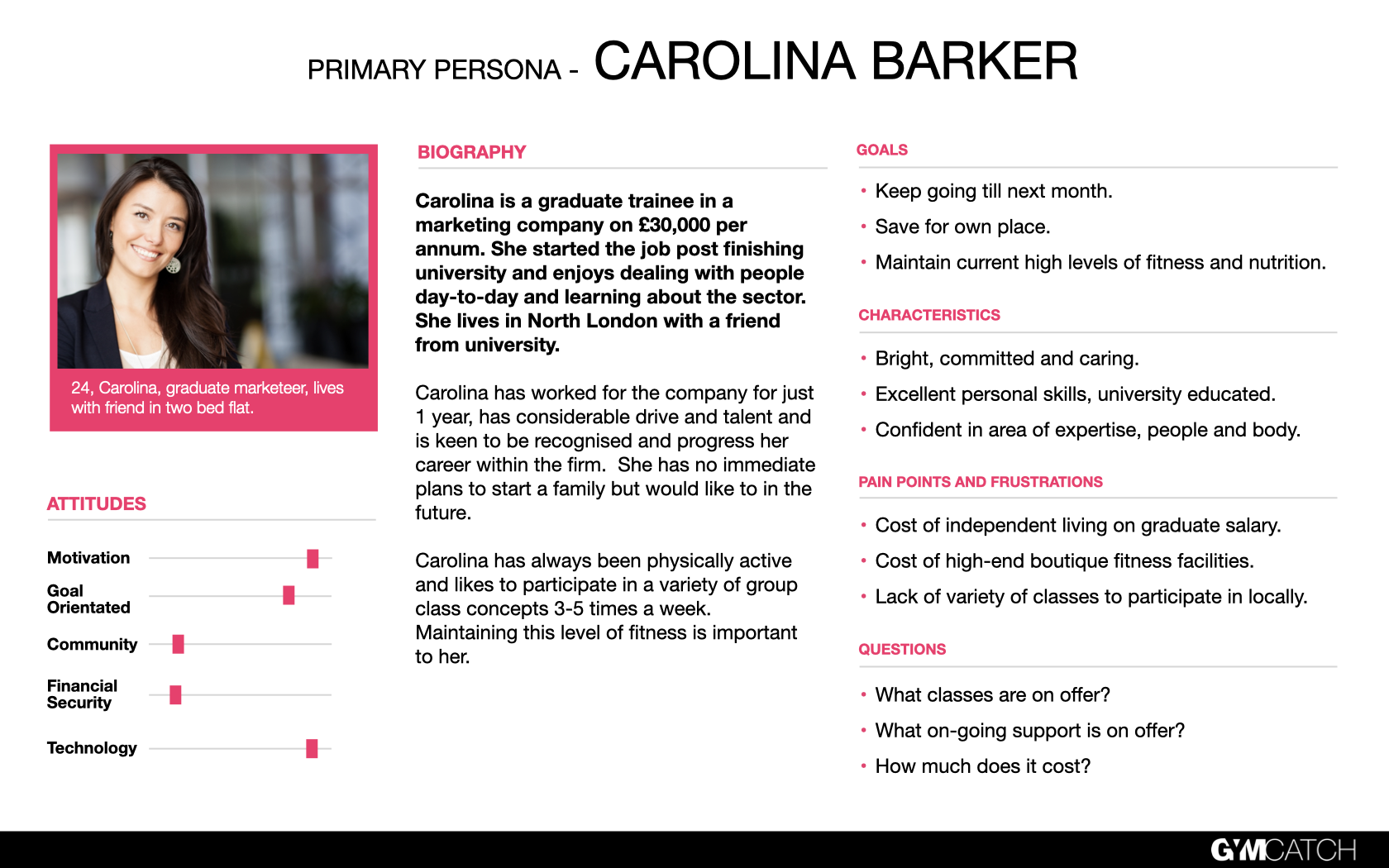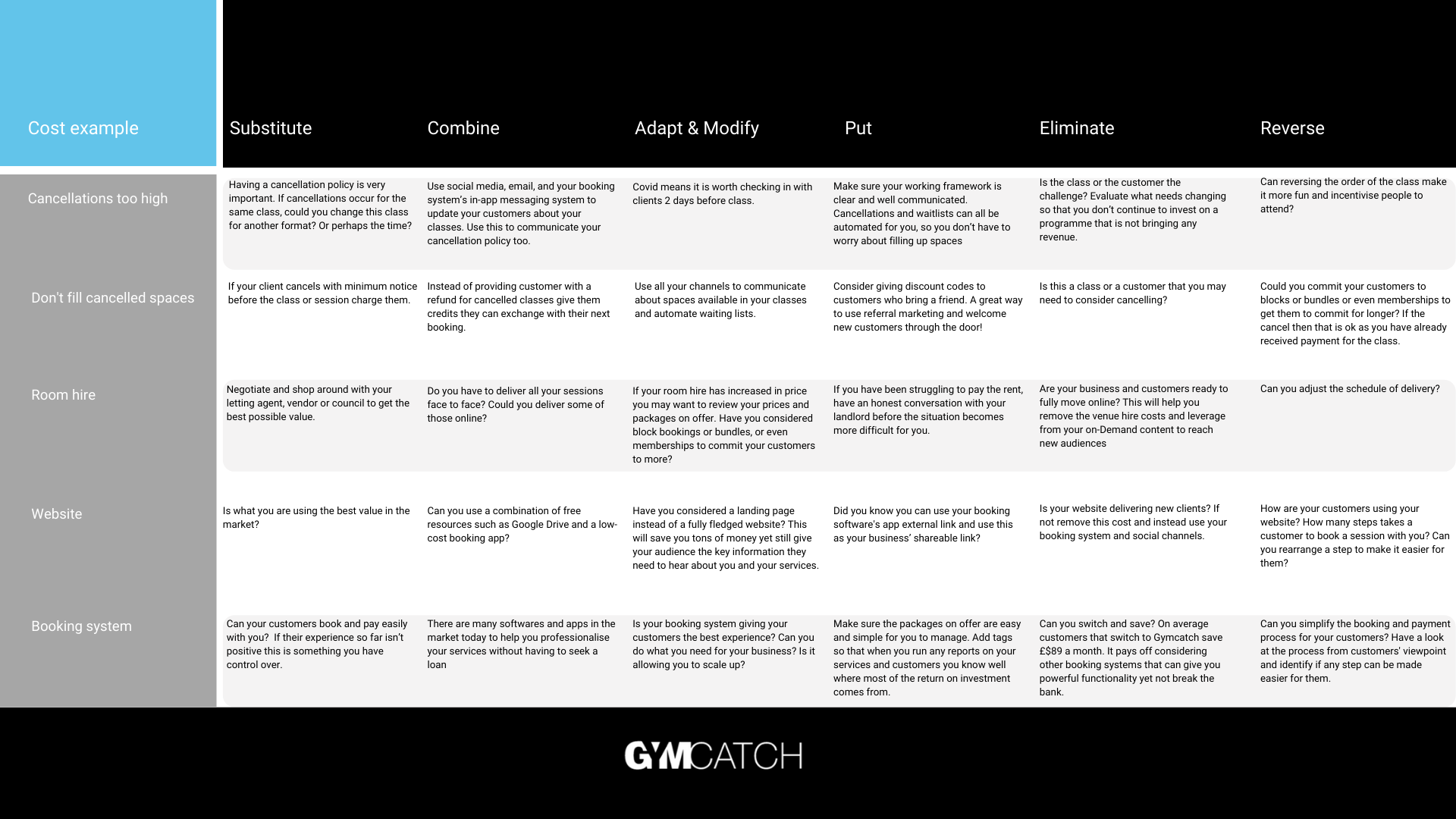
We’ve all been there before, receiving that last minute message of “I’m sorry, I won’t be able to make it today” be it at 6am or 6pm, it can be frustrating.
Cancellations can not only result in a loss in revenue, but also a poor level of communication between yourself and your customer which is one of the most important aspects of customer service.
A clear cancellation policy can provide a fitness provider with the power to confidently run their sessions knowing that both themselves and their customers are protected.
Within this blog we will discuss aspects of a cancellation policy that you may want to consider when creating your own.
What should you consider when writing your cancellation policy:
- Contact information
- Cancellation without penalty
- Timeframe
- Cash or credit refund
- Consequences
- Agreement
Contact information
It’s always a good idea to start any cancellation policy with your contact details so that you are making it as easy as possible for your customers to reach out to you if they do need to cancel a session. It is within this section that you can specify whether you would like them to contact you directly or cancel their session manually on your booking system.
Cancellation without penalty
Are you going to allow customers to receive a cash or credit refund if they provide you sufficient notice of cancellation? Some businesses do not offer refunds at all (this is more typical with block bookings of a recurring session) where others provide a refund no matter when a customer cancels. Most businesses fall somewhere in between these two, but we appreciate that every business model is different so this is an important aspect to consider.
Timeframe
If you’ve decided to offer a refund when a customer provides sufficient notice of cancellation, then you will need to decide on a suitable time frame for how long before the session starts a customer can cancel and still receive a refund. The main thing that you need to consider when deciding on your cancellation period is allowing enough time to maximise your chances of selling the space that your customer is cancelling. If your sessions are frequently fully booked with a waitlist full of customers, then you can afford to have a shorter notice period, whereas if your sessions are harder to fill, then perhaps a longer notice period would be better suited.
Cash or credit refund
Some fitness providers like to offer their customers a full cash refund if they cancel in line with their policy, however if you’d rather keep the money in the business, then a refund credit may be the route to go down. Using a booking software like Gymcatch can help you with this automated issuing of a refund credit if a customer cancels in line with your policy, freeing up more of your time to do what you love!
Consequences
If you’ve decided to issue a refund when a customer cancels in line with your policy, then it’s important to decide what the consequence is if they don’t cancel with enough notice. Most fitness providers will simply not offer a refund when a customer’s cancellation is actioned outside of this notice period, however those who offer full cash refunds upon a successful cancellation, may consider offering a 50% cash refund as a consequence.
Agreement
Once you’ve written your cancellation policy, the next step is to make it easy for customers to agree to it. Whether that is ticking a checkbox or signing your cancellation policy, making sure that your customer has read and understood your policy will help to avoid misunderstandings since they’re fully aware of how your business operates.
A cancellation policy can be presented to the customer both manually or automated through a booking and management software. With Gymcatch you can automatically present customers with your cancellation policy the first time they book with you without having to lift a finger, helping you to minimise the number of cancellations.
Our online booking software and management system lets you set your cancellation policy to suit your business needs. You can choose to automatically issue customers with a credit that lets them book a replacement class if they provide you with enough notice and although cancellations are inevitable, when this happens, our waitlist feature allows you to fill up the cancelled space fast with no added admin time!












